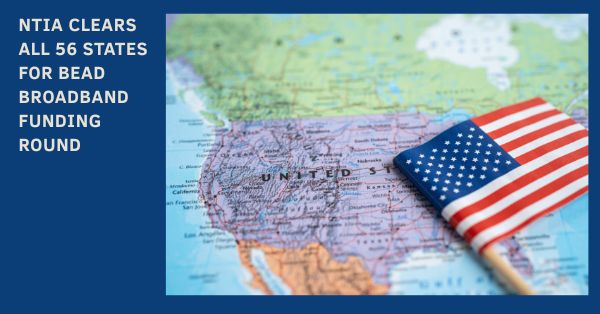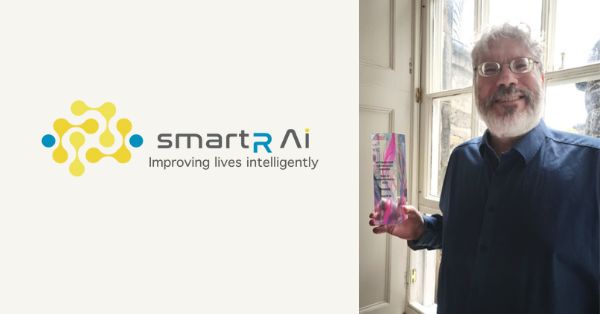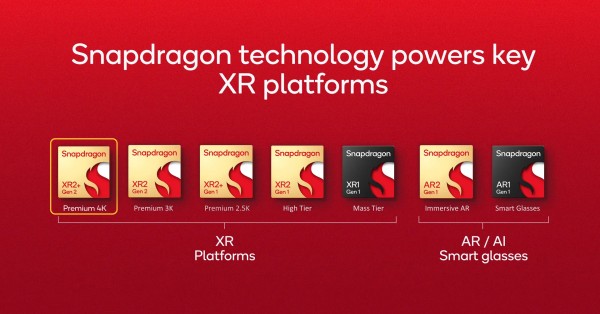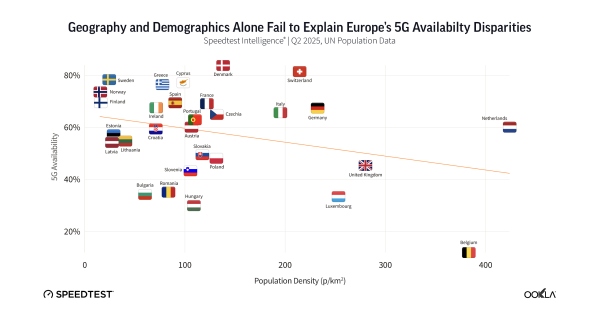ANA Enhances Network Operations with AI-Driven Insights
Ericsson has launched its generative AI-powered NetCloud Assistant (ANA), designed to simplify enterprise 5G network operations. ANA offers personalized answers by correlating insights from the enterprise’s network with Ericsson’s library of technical documentation. Unlike traditional chatbots that provide simple search-based links, ANA utilizes advanced language models to generate new text and graphical content tailored to specific queries.
Embedded in Ericsson’s NetCloud management and orchestration solution, ANA is available to approximately 37,000 enterprises managing 2.9 million devices. The assistant operates securely within Ericsson’s ecosystem, ensuring data privacy by avoiding reliance on third-party generative AI APIs.
Key Features of Ericsson’s AI-Powered NetCloud Assistant
Designed to address the complexities of enterprise 5G management, ANA leverages advanced generative AI to provide actionable insights and automate routine tasks. Its capabilities help IT teams streamline operations, improve efficiency, and ensure network reliability. Below are the key features of ANA:
- Knowledge Summarization:
ANA consolidates information from Ericsson’s technical documentation and generates summaries personalized to the customer’s network. - Configuration Assistance:
It provides step-by-step guidance for WAN edge device configuration, accelerating Day 1 deployments and adhering to best practices. - Enhanced Troubleshooting:
Common diagnostic tasks are automated, and ANA delivers detailed instructions to resolve connectivity issues, reducing repair times significantly. - Policy Recommendations:
Future updates will enable ANA to translate business requirements into recommendations for SD-WAN and WAN bonding policies, improving performance and availability. - Custom Graph Generation:
Upcoming features will allow users to create detailed visualizations of complex network information, complementing standard NetCloud dashboards and reports.
AI-Powered Network Operations for Enhanced Efficiency
Ericsson’s NetCloud Assistant is the first generative AI virtual expert tailored specifically for enterprise Wireless WAN networks. By securely hosting all AI components within Ericsson’s environment, ANA ensures both user and data privacy. Its ability to synthesize network insights and technical documentation transforms tasks that traditionally took hours into actions completed in seconds.
According to Pankaj Malhotra, Head of Enterprise Networking and Security, Enterprise Wireless Solutions at Ericsson, “Ericsson’s NetCloud simplifies the deployment, management, and troubleshooting of enterprise cellular networks. With AI advancements like ANA, we empower IT teams to efficiently manage 5G networks, improving reliability, security, and user experience.”
Boosting Network Efficiency with ANA and AIOps Dashboard
ANA integrates seamlessly with Ericsson’s NetCloud AIOps dashboard, which plays a crucial role in modern network management. This intelligent system detects performance anomalies, such as latency and jitter, specific to each customer environment. By offering real-time performance insights, AIOps enables IT teams to address potential issues proactively. ANA further supports these efforts by delivering detailed recommendations and solutions, ensuring seamless operations.
What’s Next for Ericsson’s AI Virtual Expert?
Ericsson plans to expand ANA’s capabilities to support Private 5G solutions, reflecting its commitment to innovation in enterprise wireless technology. Future updates will include advanced visualization features and deeper integration with policy optimization tools, further simplifying network administration.
Experience ANA at NRF 2025
Ericsson’s latest advancements, including ANA and the AIOps dashboard, will be showcased at NRF 2025 (booth #3948). These innovations underline Ericsson’s focus on empowering enterprises to manage complex 5G networks efficiently while enhancing overall performance and user experience.





























